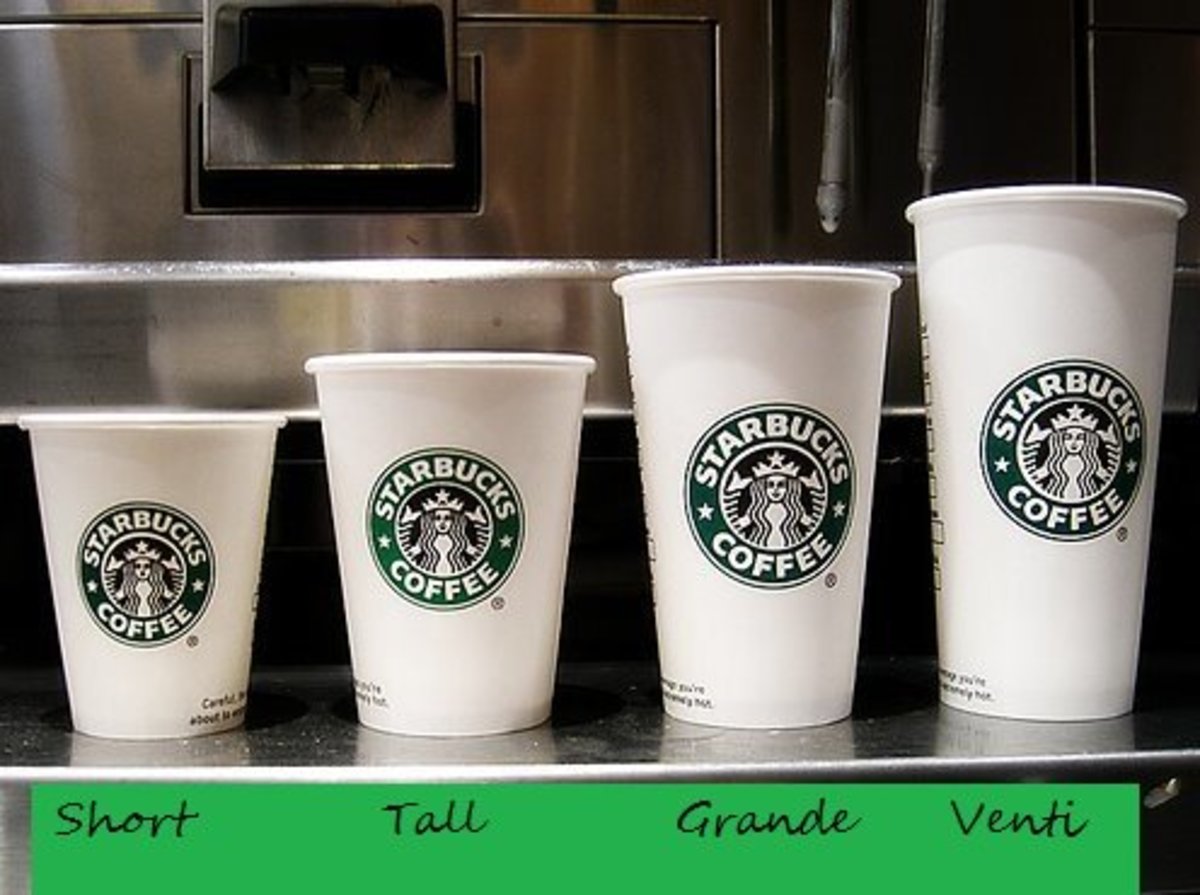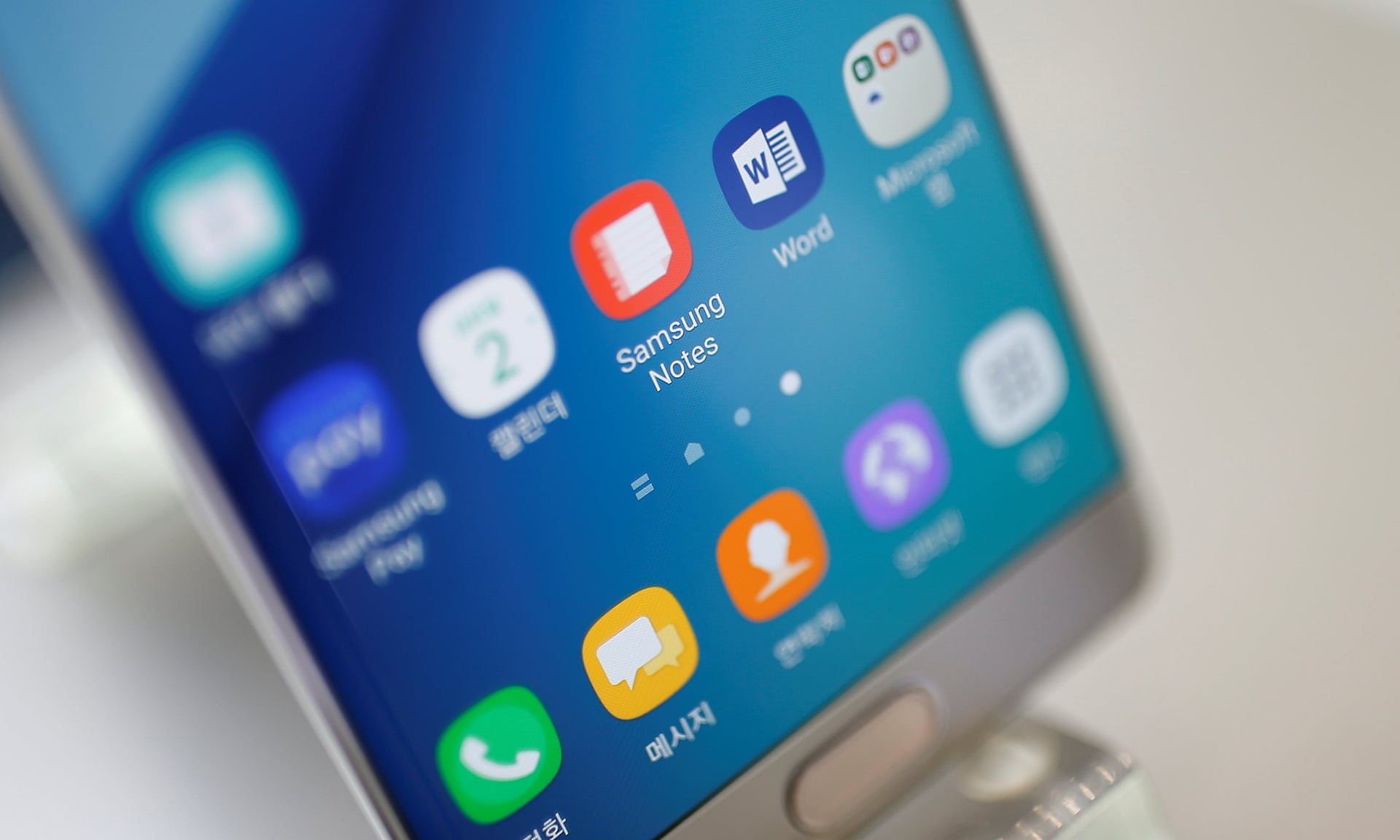Experience with university cafeteria food can be a mixed bag. Some
may have had the luxury of enjoying gourmet meals in the swanky parts of their
university. But unlike those with unlimited financial backing from their
sponsors, most of us have to stay nourished on a shoestring budget.
Fortunately, Chinese university cafeterias offer a wide range of
dishes all at a low cut price. Students regularly chow down on a couple of
dishes with rice and soup for between ten and twenty RMB (~ US 1.5 to US 2.9 )
Of course with cheap dishes, prices may have to be paid in other
ways. It could be the result of some innovative kitchen experimenting or just
the need to utilize expiring products, but here are some of the weird dishes
that students have found being served in their cafeterias. You may or may not
want to try them based on your level of hunger, curiosity, and masochism.
WATERMELON, BANANA
Separately, these two
fruits are almost unmatched in their innuendo capabilities. However, together,
and when cooked in a greyish stew, their attractiveness sharply declines.
As
for taste? One can only imagine.
SWEETCORN, GRAPES
Visually, this dish is probably the most appealing out of all the
ones included in this list. Flavor-wise it probably wins as well. The sweetness
of the corn and the grapes juices make for an enticing combination. Let’s just
hope the grapes aren’t too sour.
ORANGES, MEAT
The oranges look like they
are more a relish sprinkled on afterwards, which make it more conventionally
acceptable. However, just looking at these two together often causes
reactions from the digestive tract.
CHICKEN HEADS
A fairly boring inclusion,
given that Chinese eat chicken heads anyway.
But
just chicken heads? That’s pretty rare.
Also
just the way that this dish is displayed is pretty hilarious.
ORANGES, CUCUMBER, FRIED FISH, EGGS, BANANA, TOMATOES
This fairly colorful dish
is visually comparable to sweet and sour pork. A fact that has probably led
many a student to order such a dish, believing it to be some variant.
However,
closer inspection of the ingredients leads to a unanimous sigh of confusion.
Simply by excluding two or three of these ingredients would improve the
edibility exponentially.
MOONCAKE, TOMATOES
A festive dish perhaps? Or
maybe they simply overestimated that year’s mooncake demand. Either way, the
combination is too extreme for conventional tastebuds.
However,
one has to admire the addition of parsley/cilantro to increase its visual
appeal. Almost fooled me.
Source: theworldofchinese









